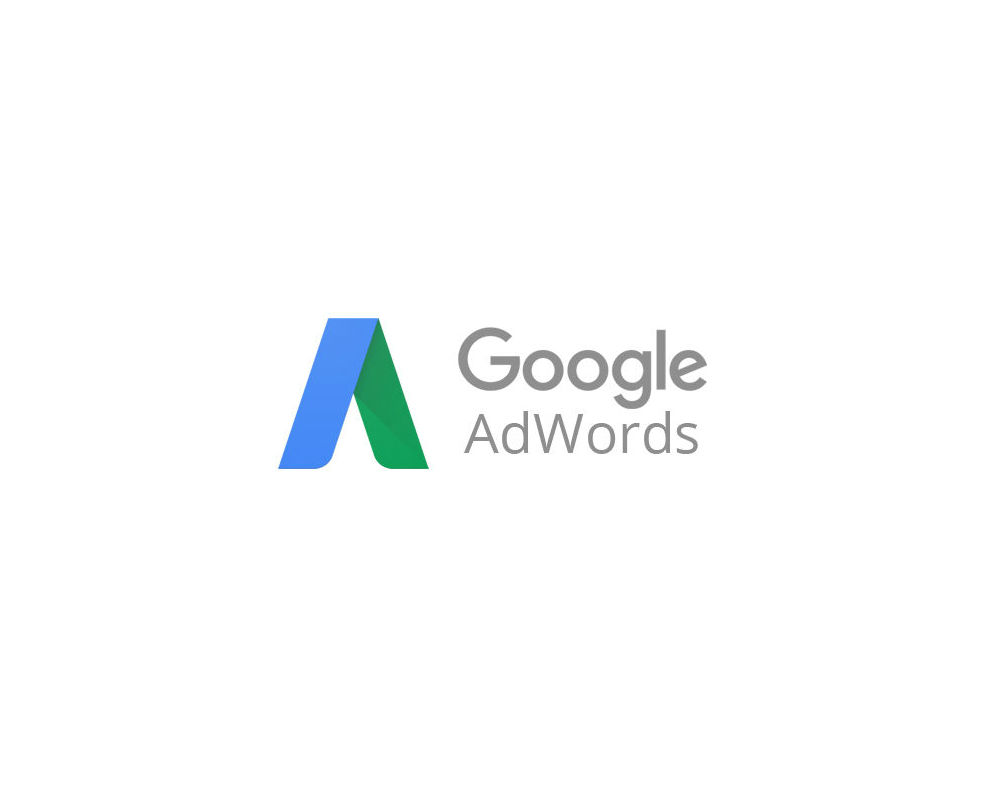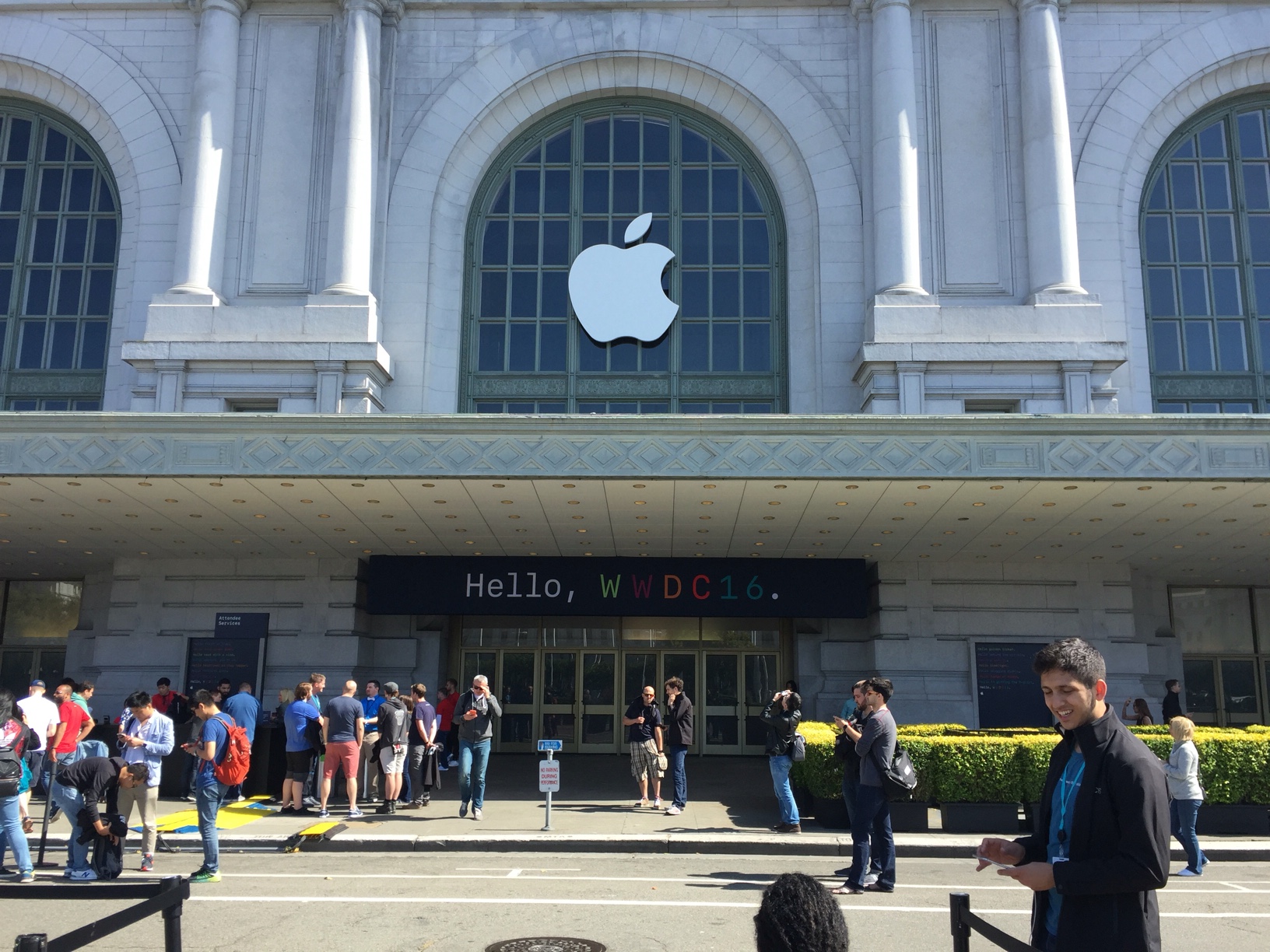How Google is Changing Their Ad Formats to Deliver More Content
This February, Google eliminated right side ads on the desktop search engine result page (SERP), which helped create a cleaner, more unified experience for searches across devices. But this was just the beginning of advertising changes to come this year from Google. As a marketer who loves reading up on the latest news on digital marketing, I’ve read several articles on how 2016 will be the year for content and now that we’re halfway through the year, I couldn’t agree more. And it’s becoming more and more apparent that Google agrees, too.
One piece of evidence? Expanded paid search ads.
Expanded Text Ads
During the Google Performance Summit in May, Google introduced a solution to the need for more content in search ads: expanded text ads. Text ads will now have longer headlines so that advertisers will soon be able to have two 30-character headlines instead of the current 25-character single headline. In addition, Google increased the number of characters within the description line from two 35-character description lines to a single 80-character description line.
Example from Search Engine Land.
More Context, More Clicks
The advantage of this is simple: more text means more opportunity. Longer headlines will be more useful to users and advertisers across the board. How? Users are delivered more relevant context around the advertisement, giving them more information to drive them to click. Because of this, advertisers can send better quality traffic and weed out those clicks that may result in an immediate bounce.
Providing more context also paves the way for more clickthroughs. Google reported that increasing the number of headline characters significantly increased CTR by as much as 25 percent, demonstrating the immediate payoff of this flexibility.
Content, Content, Content
As a media strategist, I know the struggle to draft a short, punchy ad, hoping that it resonates with the user enough to attract a click. This change offers a chance to be more creative (and of course, the opportunity to continue testing what information—and how much—best appeals to your audience). What’s clear is that Google’s changes, following similar shifts elsewhere, are making a good case for a strong content strategy across all platforms, including your paid advertising.






